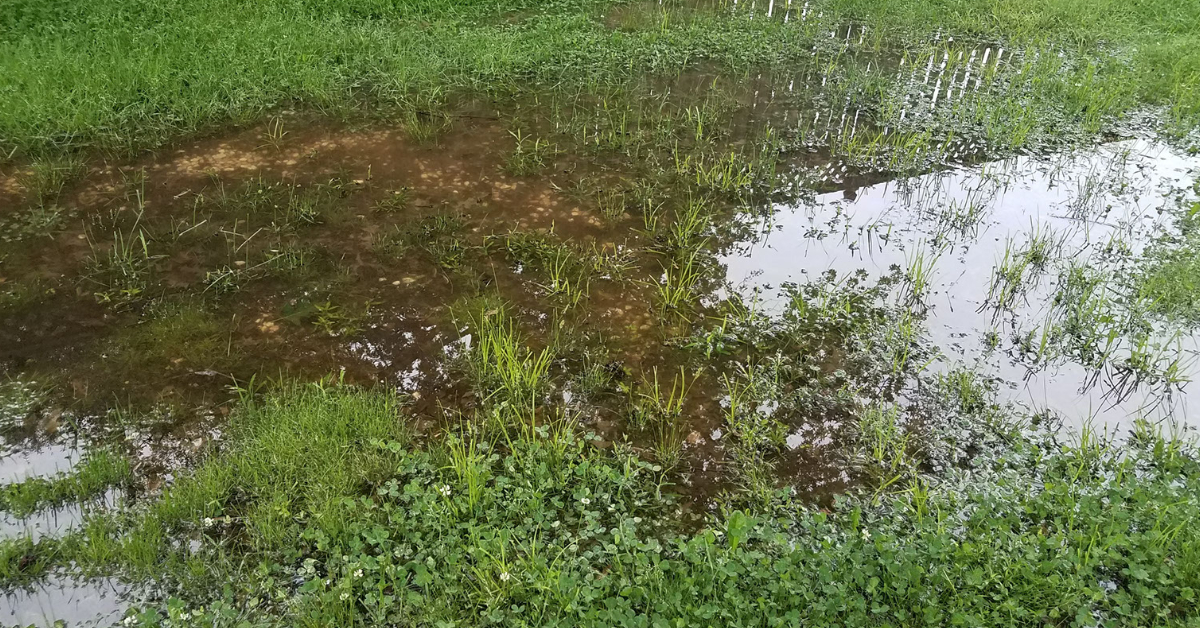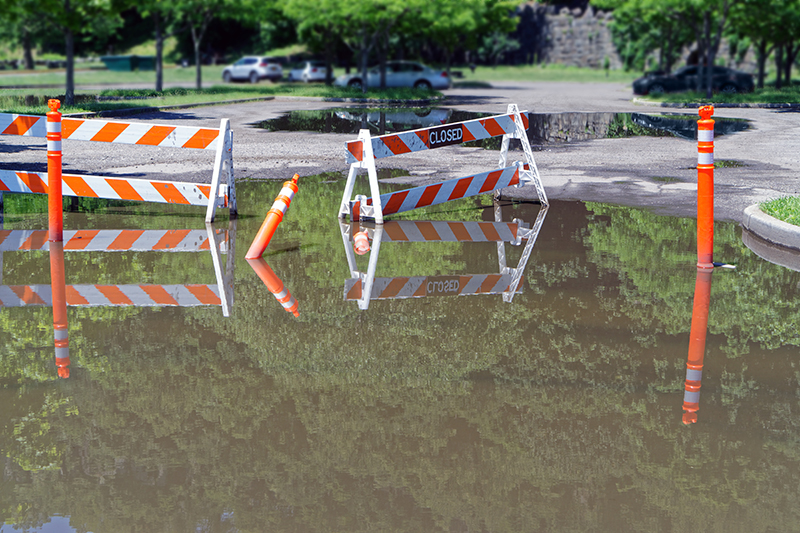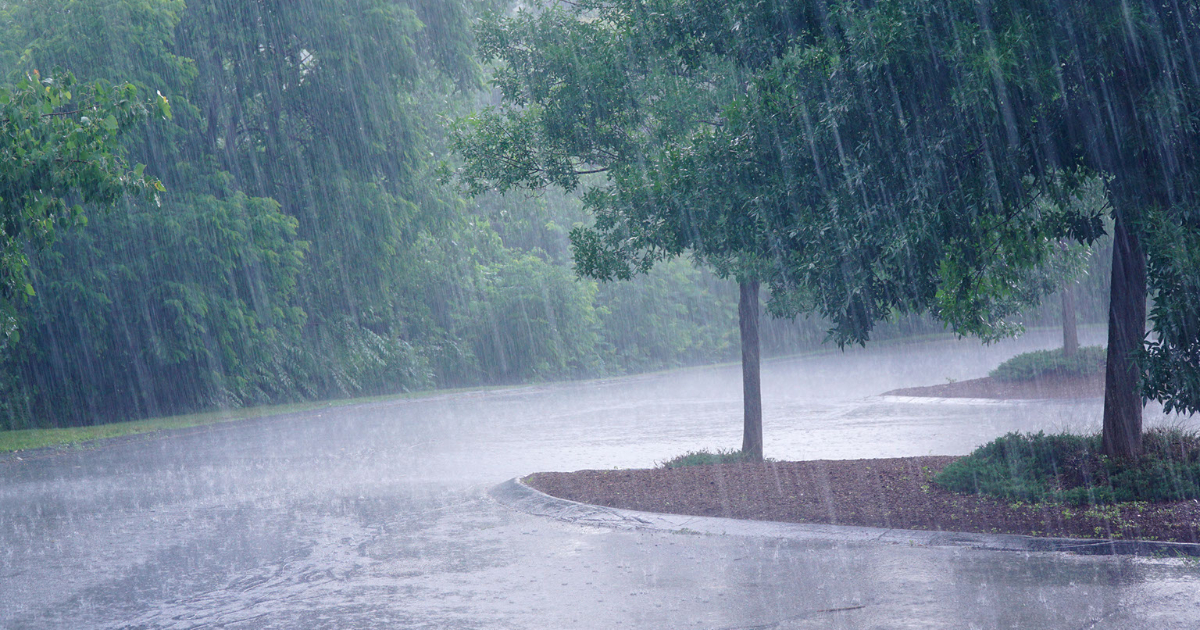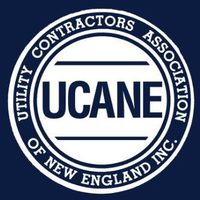
Did you know that if you own or manage a property that you are responsible for the stormceptors that are located within your property? In essence, stormceptors are pollution catching devices. That means they need to be inspected and cleaned on a regular basis. Otherwise you are taking the unnecessary risk of polluting the environment. You are also taking the unnecessary risk of causing floods that may very well damage your property, your neighbors property, and your local municipality’s property.
If you do end up polluting the environment or ruining any property because you failed to have your stormceptors properly taken care of, then you will be required to pay for damages. There may be some hefty fines to deal with as well. That being stated, we do have some good news to share with you. Stormceptor inspections and cleanings are incredibly cost effective. The bottom line is that they will not break the bank or make a big dent in your property maintenance budget.
However, a great deal of property owners and or property managers do not know what their stormceptors are or what they technically do. The following information will help clarify that for you….
What Is A Stormceptor?
By definition, a stormceptor is a hydrodynamic separator that provides a vast range of versatile treatment systems in order to remove pollutants from storm water and snow melt runoff in the most effective manner possible. In essence, both stormwater and snowmelt runoff contain hazardous materials that can pollute the environment if left untreated. These hazardous materials may include suspended sediment, free oils, chemicals, and other pollutants that attached to water particles. The job of the stormceptor is to separate these hazardous materials from the water, and then store them in the unit until removed.
How Does A Stormceptor Work?
The basic concept of how a stormceptor works is fairly simple. First, stormwater and snowmelt runoff enters into the stormceptor through a pipe that is referred to as an inlet pipe, or through a grate that is referred to as an inlet grate. The water slows down thanks to an insert that also directs it to a lower chamber of the stormceptor unit. Once the water enters into the lower chamber, free oils, and debris start to rise while the sediment begins to settle. The free oils and other floatable materials are basically trapped at this point.
The sediment settles, collects, and remains in the chamber until it is removed at a later time. The treated stormwater and snow melt off then exits the stormceptor unit through a pipe know as the outlet pipe. The free oils, floatable materials, and sediment must be removed on a regular basis. Otherwise the stormceptor will clog and fail to function properly. When the stormceptor fails to function properly, the next step is flooding.
In conclusion, stormceptors are used to remove pollutants and also provide spill protection anywhere there is stormwater and or snowmelt runoff. You will also see them anywhere there is pavement and stormwater quality treatment is needed such as commercial sites, municipal sites, gas stations, and industrial sites. Please keep in mind that stormceptor inspections and cleanings are key to the long-term performance of the unit. Fortunately they are inexpensive.
If you have any questions about stormceptor inspections and cleanings, or would like to schedule service we are happy to help. Jolin Paving & Excavating, Inc. is your New England connection for a vast variety of environmentally related services. Our company has been serving Boston Massachusetts, Southern NH, VT & ME as well as Northern CT & RI since 1952. Please Contact us to learn more today.
continue reading






